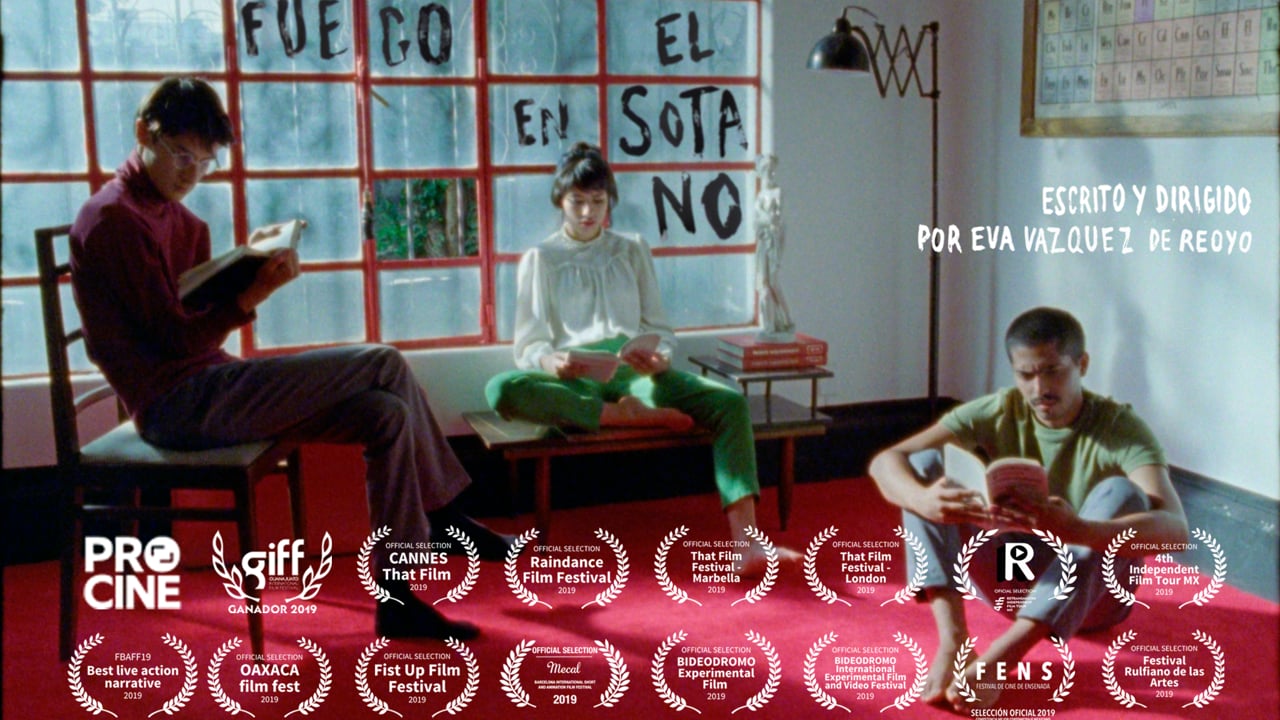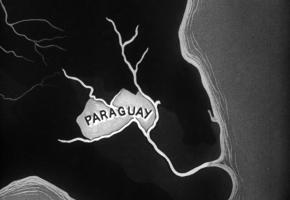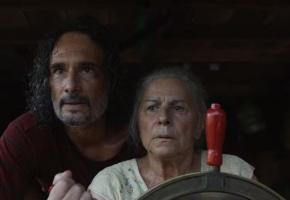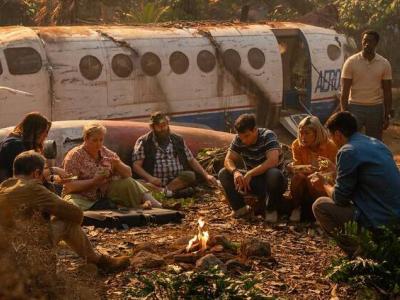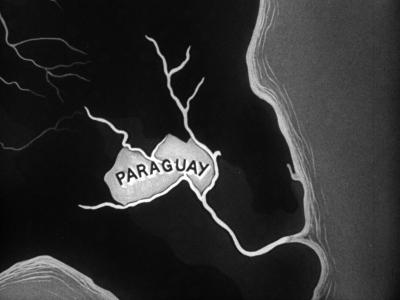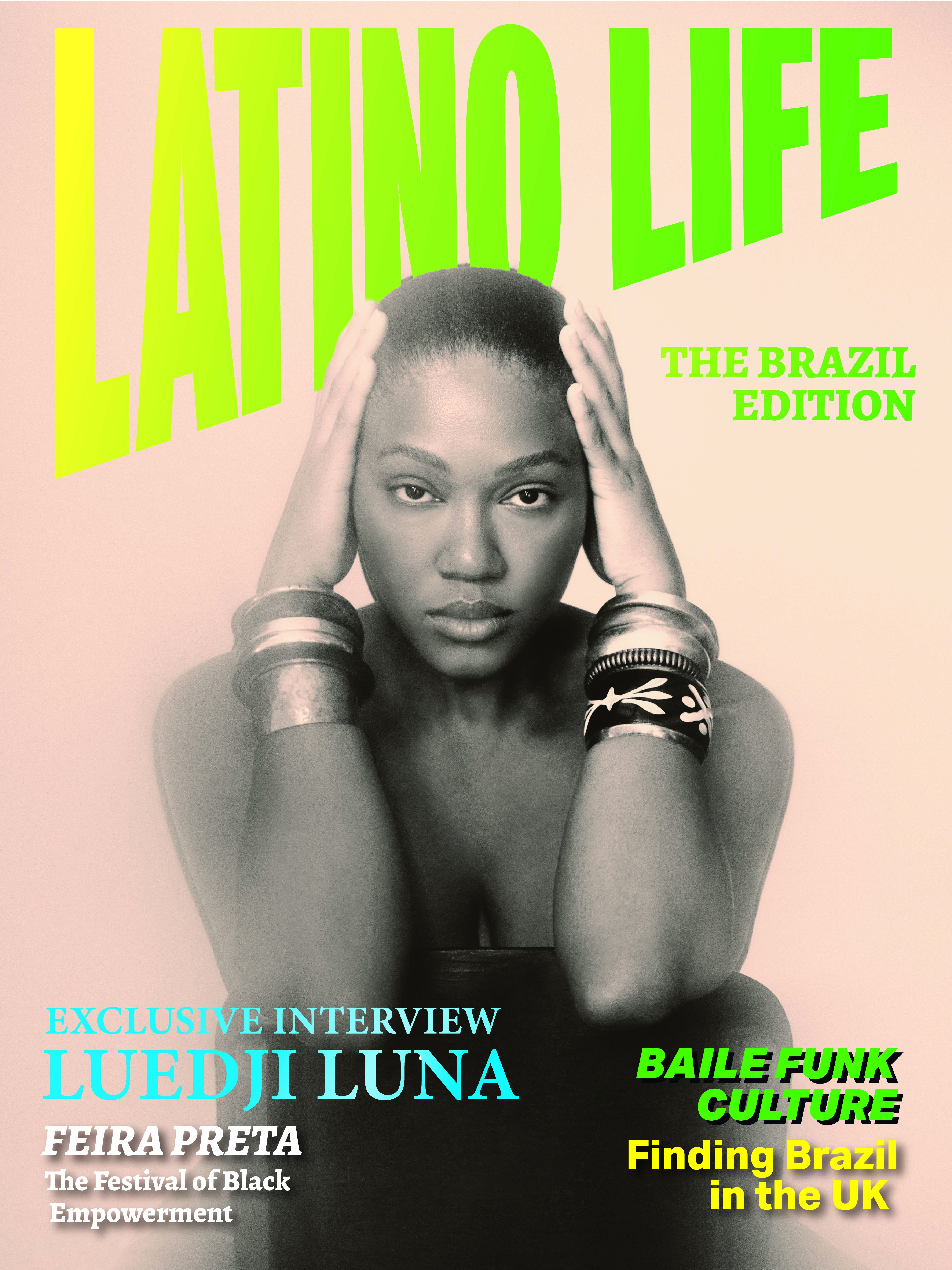The opening words of the film are: “I am dead by chance, well… by chance and because they assassinated me”.
Shot in 16mm to maintain the feel of the 60s period, with delightful touches of absurd humour and a stylized visual language, this 8-minute short, celebrates the intellectual ideas that erupted during the 1968 movement in Mexico (and many other parts of the world). In Tlatelolco, this movement ended in a massacre that has not been dealt with until this very day. Rather than focus only on the horrors, in her quirky, humorous style, Vázquez examines the mood of 1968 and the expansion of the ideas of freedom and love.

Eva Vázquez de Reoyo
Madrid-born film director Eva Vázquez de Reoyo lives in Mexico, being a huge fan of the country: -
“Mexico is a great country for film makers. Although in reality, I did not choose Mexico, it chose me. I travelled through on a holiday and was captivated, as has happened to many. It is a place that’s full of energy and a wonderful country for film: there are more cinemas than anywhere else in the world and there’s a phenomenal cultural richness… it’s also a country that invests in film.”
Eva Vázquez has been in the film business for some time, having studied film in London at the LCP, part of the London Institute. She then went on to study Animation (stop-frame) at Bournemouth College of Art. She feels she owes a great deal to this country as it opened her eyes to so much, when, after school she chose to come and learn about films instead of following all her school mates into Law or Economics. She emphasizes the role that animation plays in her life even now, as it taught her to plan in detail, so that the pre-production process is very thorough. She uses these skills extensively in her broad career in commercials (Nestlé, Proctor & Gamble) and music videos.
“In this film, the concept was not commercial, it was political, artistic and poetic, it was a gift. People were feeling alienated and held back by life experiences… gradually capitalism was taking over everything, even primary productivity over vital life experiences. My parents were very young when I was born, they studied Fine Arts and came from that very background of the 60s… I happened to be in Mexico when they were celebrating the 50th anniversary of 1968 and the events that took place at that time, including the massacre at Tlatelolco. Instead of trying to recreate that event and exploit the tragedy, I chose to celebrate the spirit of 1968.”
The ideas that were circulating emerged in part from the Frankfurt School of Critical Theory, with writings by Herbert Marcuse (1898-1979) and Simone de Beauvoir (1908-1986), with books such as “The Second Sex” or “One-Dimensional Man”. As the three characters in the film, Elisa, Leo and Ramos interact, these are the books that they are reading and exchanging. This philosophy was also expressed in radical and existentialist French New Wave films such as Jean- Luc Godard’s ‘Pierrot de Fou’ & ‘Alphaville’.

Samantha Menchaca, Juan Pablo de Santiago and Emiliano Cruz
The three friends are students at the university in Mexico City. They share a deep love of books … and coffee. One day the army violently attacks the university students that were involved in the movement of 1968. Their peaceful protests were brutally put down by a government intent on ‘keeping up appearances’ in time for the 1968 Mexican Olympics.
Vázquez: -
“To this day, no one has compiled an accurate list of those who were massacred there and it is more than 500 people. Official data has never been updated… one… two… 64… 120? But there is no list of names. Everyone seems to know someone who was a part of that movement, or someone who died there and they were all so young!... The script for ‘Fire in the Basement’ was made thanks to its winning a Screenplay Award to commemorate 1968. A period that left an enormous scar ion Mexico and there are echoes to this day of those atrocities as things continue to take place like the (2014) disappearance of 43 students that were tortured and assassinated. Do not doubt it was a political act! It was not carried out by the drug cartels. The police tortured and killed 43 students from the ‘Normalista’. This was not an ordinary school, it was a place where people are prepared with [progressive] ideas in education, ideas to be taken to rural areas. So it was the state… the police. There was an attempt to confuse the issue talking about drug cartels and gangs, which to some extent worked [in the public mind].”
The ‘normalistas’ make up one of the best organized movements among Mexican student collectives, the Raúl Isidro Burgos Rural School – where the 43 disappeared students were taking classes – has its own combative history. This educational centre takes people from the poorest areas of the country and functions as a boarding school. It aims to shape free, well- rounded people who can be ‘dignified representatives of the teaching profession’... A bit of a thorn in the side of the authorities.
Possibly the greatest influence for Vázquez has been Luis Buñuel. Aware of the importance that animation played in her studies, she realizes that it gave her the freedom to manipulate reality… also by examining the works of surrealist film makers who are her favourites. Buñuel was also acutely aware of the enormous importance of objects and the role they can play in a scene. Hence the little stuffed dog… and the hat.
“Objects are a wonderful tool in film, they can impart another dimension to the narrative, in this case we chose to use a hat… as well as the books, that apart from representing ideas to be read, are also objects. The hat was a lovely idea. It is an object that you wear on your head, for me the period of 1968 was about ideas [that are in your head]… that these communities took up, as in the process of sharing ideas and that is symbolized by this hat that comes and goes between them as they interchange and take turns passing it around.”
Significantly the hat, eventually, also gets to symbolize the end of those dreams.
‘Fire in the Basement’ (Fuego en el Sótano) was awarded Best Short Mexican Film at the GIFF Festival in Guanajuato 2019. It has also been lauded with many nominations and more prizes. It also started out by winning a Best Screenplay Award that enabled its funding.
Eva Vázquez de Reoyo is now working on a new, very different project, a full-length feature film and this time it will be a comedy: “ it will not be so political, but it will also have a kick and be challenging. The screenplay is already written… people want to laugh, so it’s not a social drama where you have to push the audiences into the cinemas… no, people want to have a laugh and a good time.”
Trailer: - https://vimeo.com/303523823
Director/ writer Eva Vázquez de Reoyo
Cast: Samantha Menchaca/ Juan Pablo de Santiago / Emiliano Cruz
DOP Santi Barreiro
Producer Eva Vázquez de Reoyo
Producer Pablo Flores
Dir assis Rodrigo Cué
Sound Designer Gabo Reyna/ Marco Cabal


